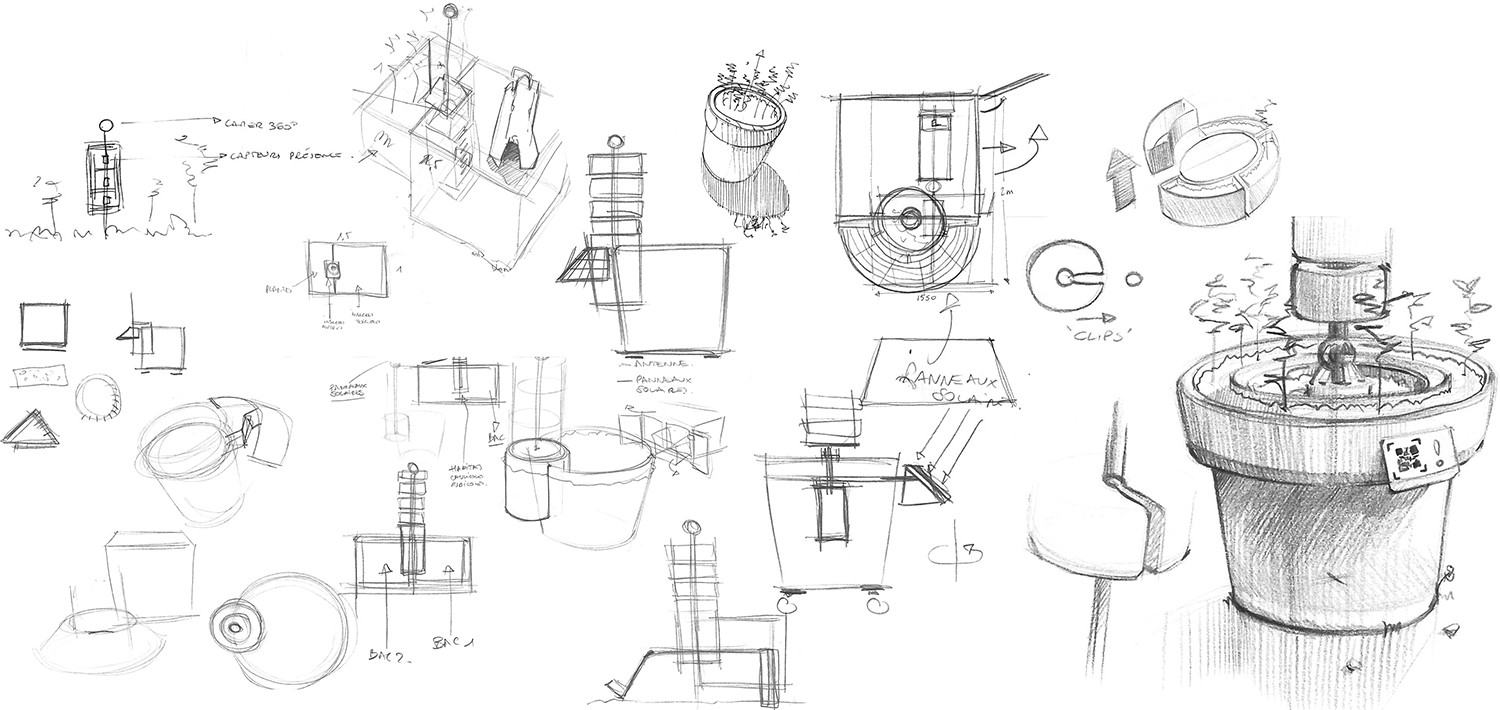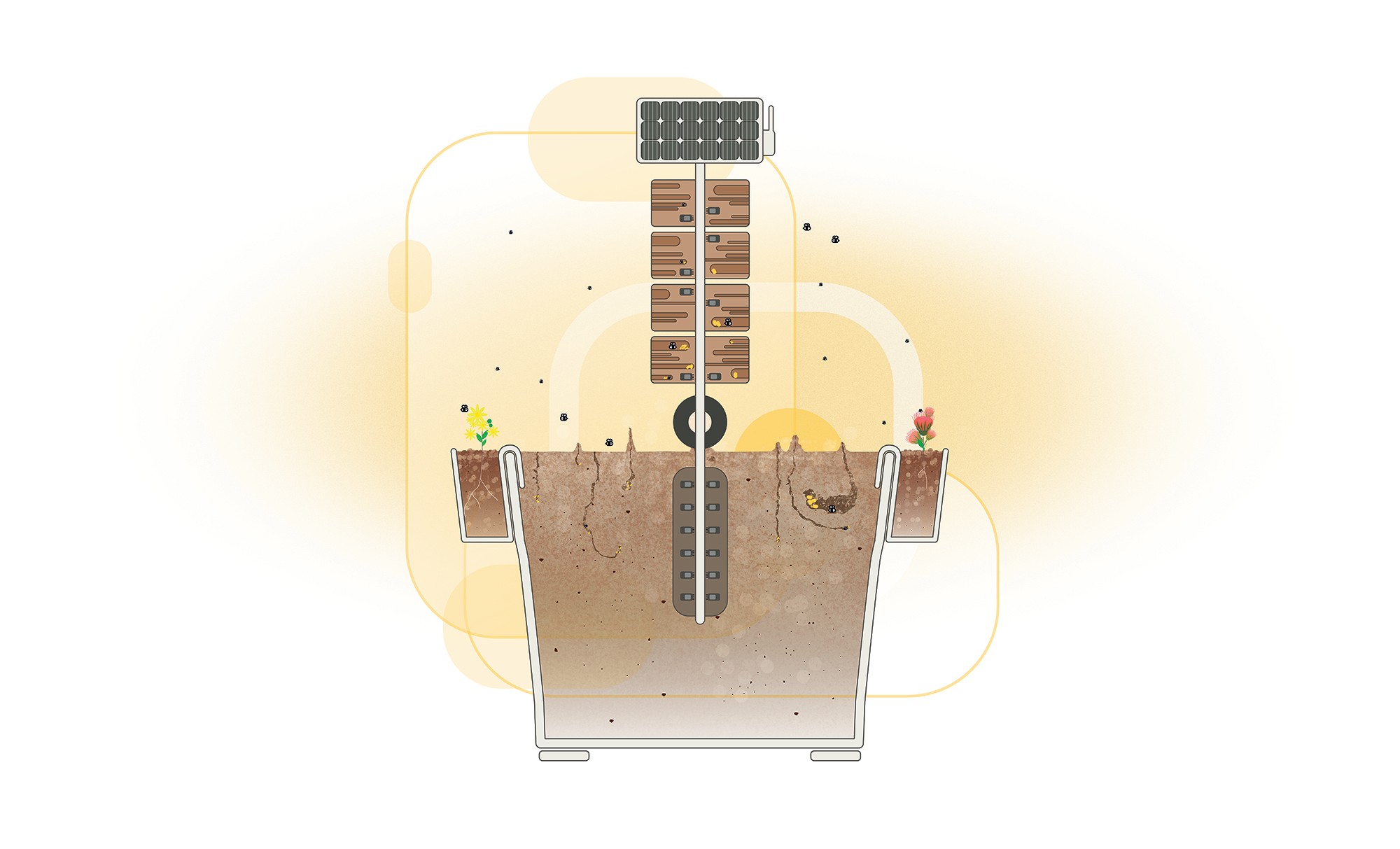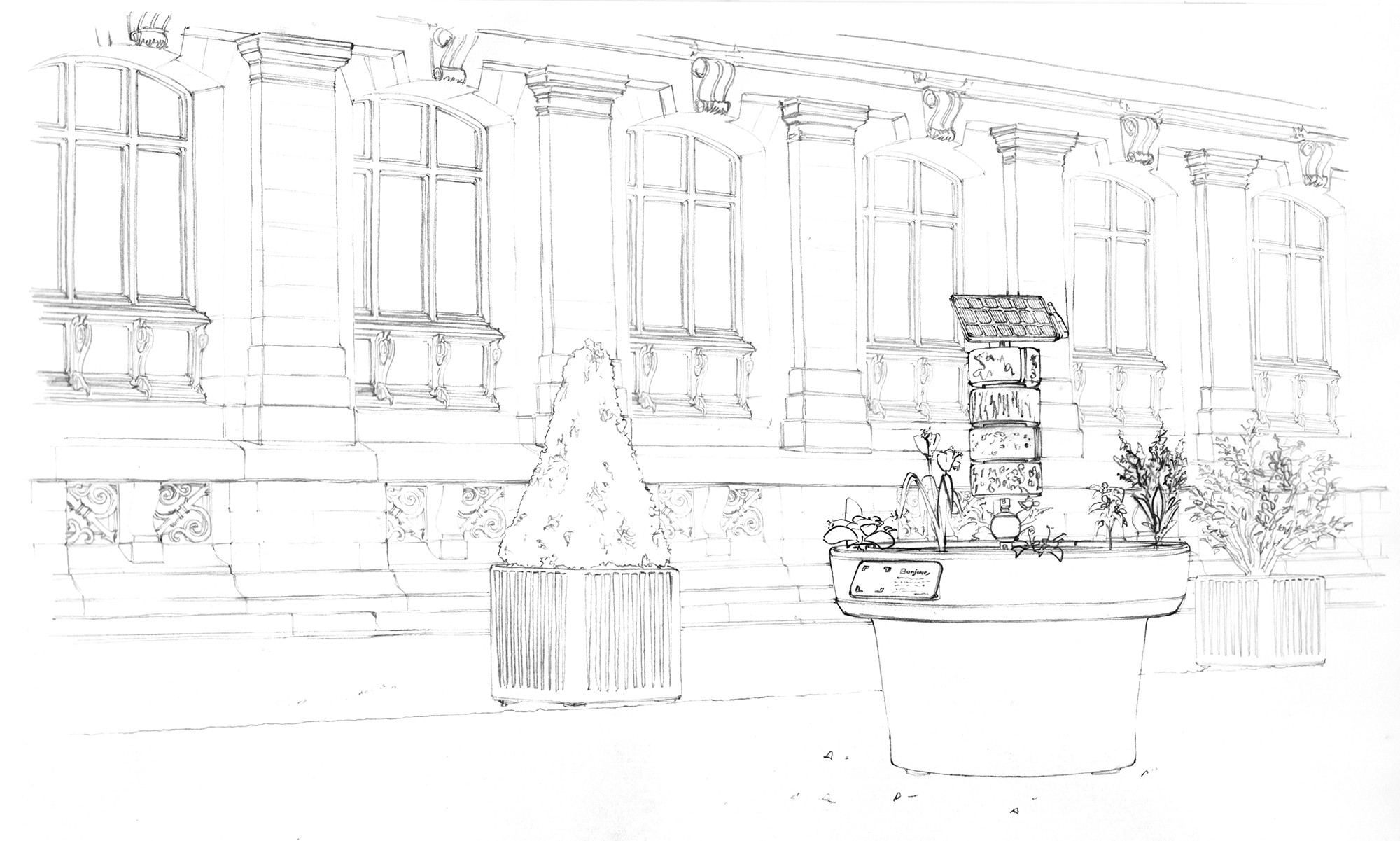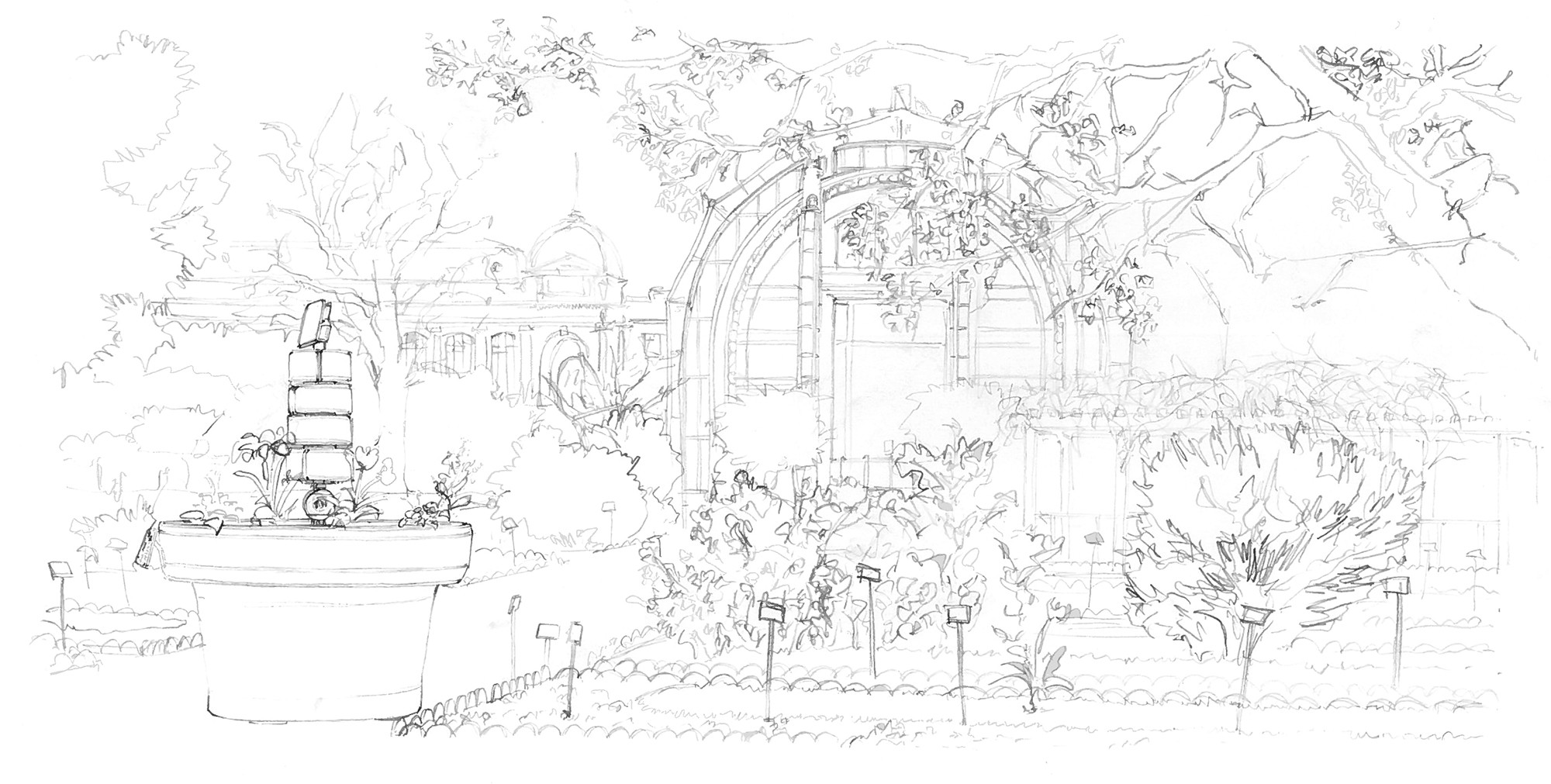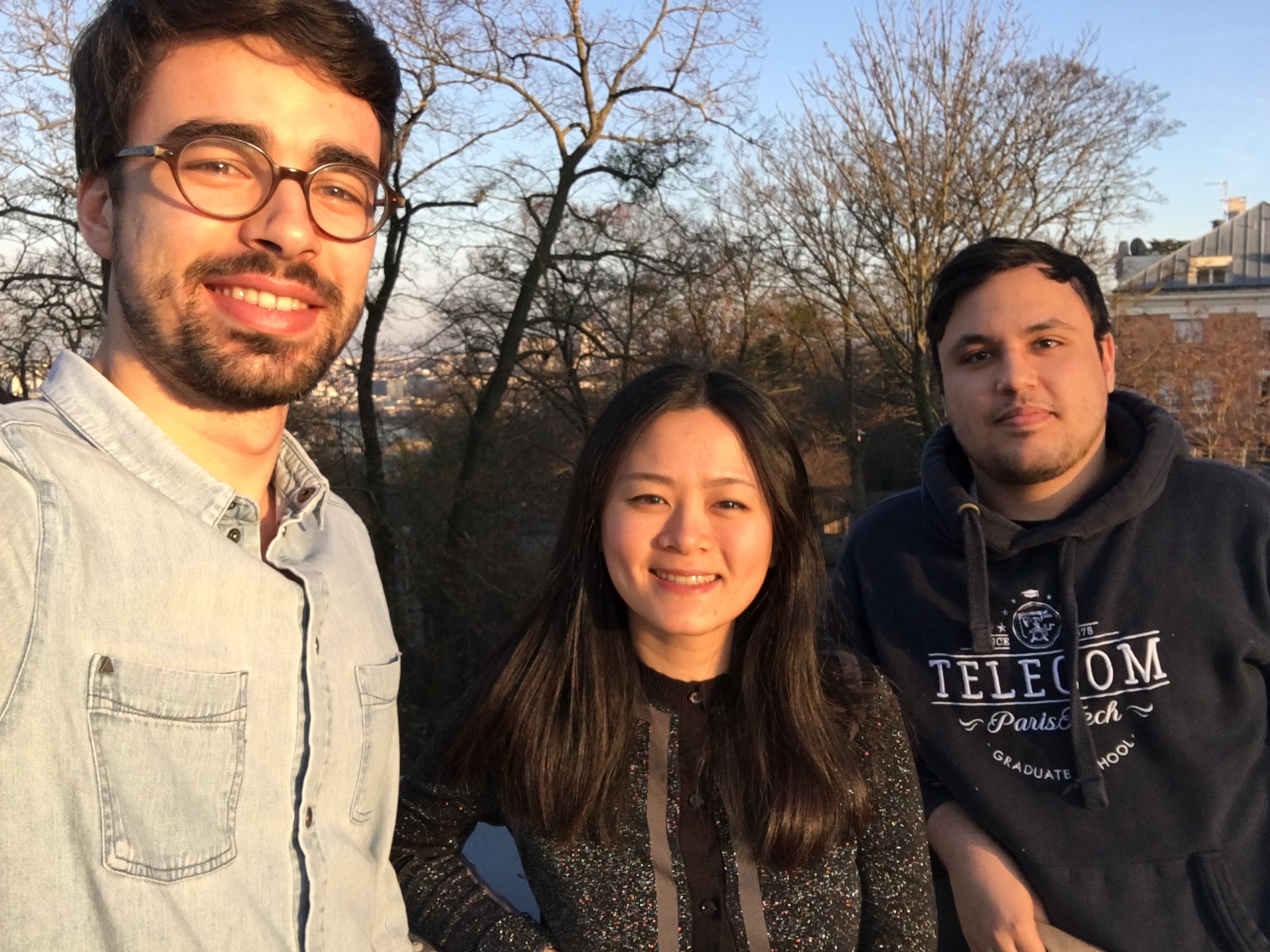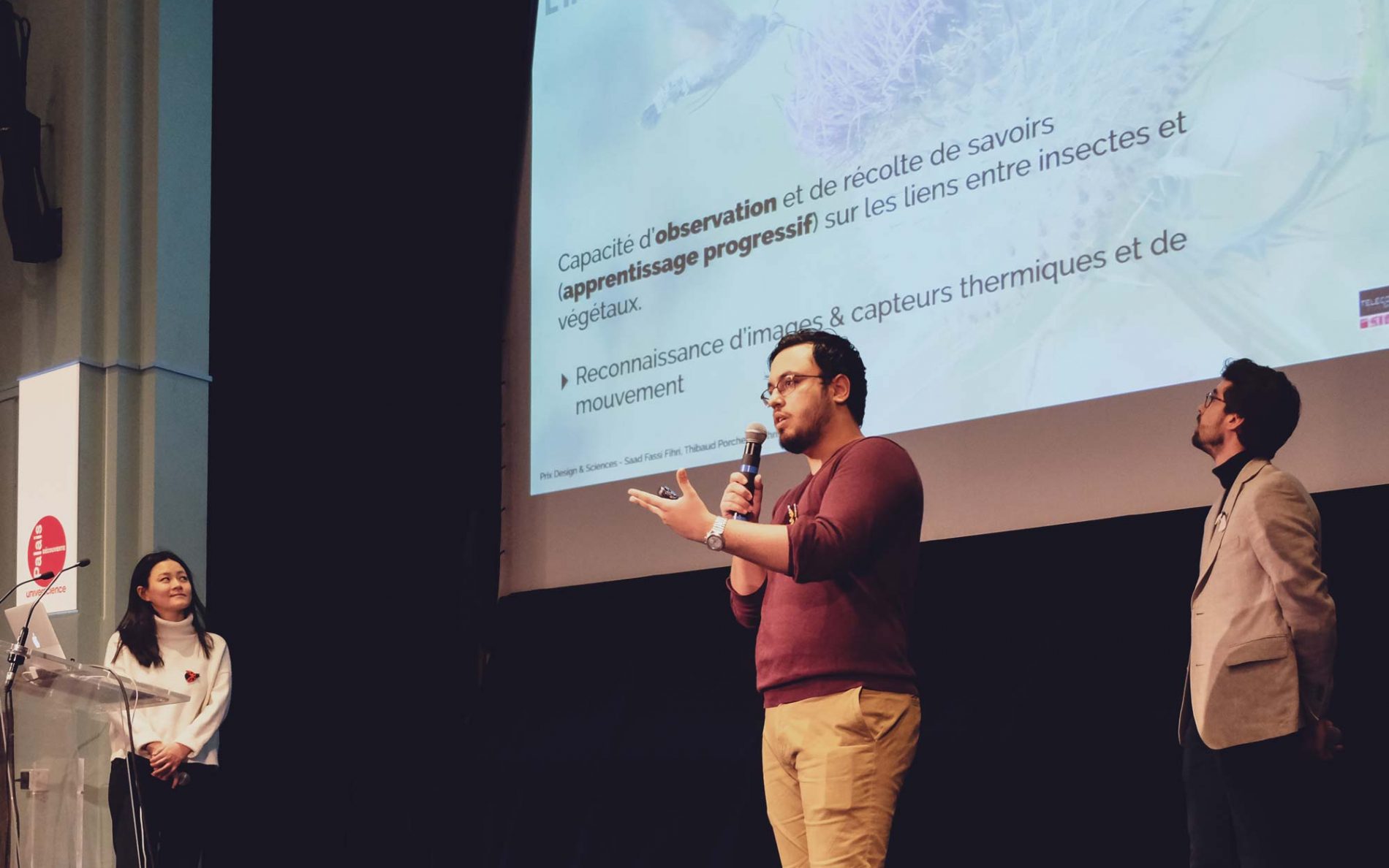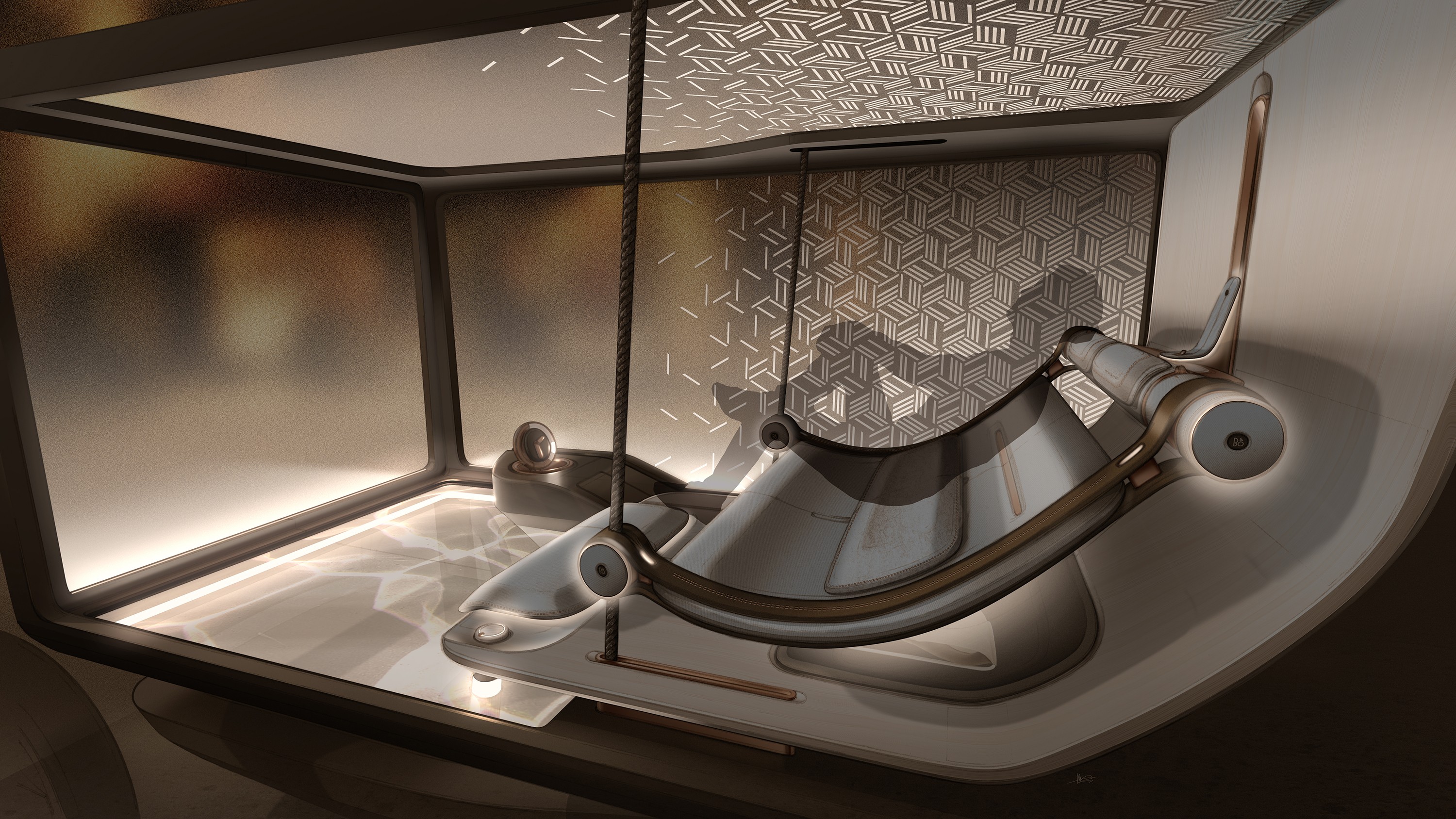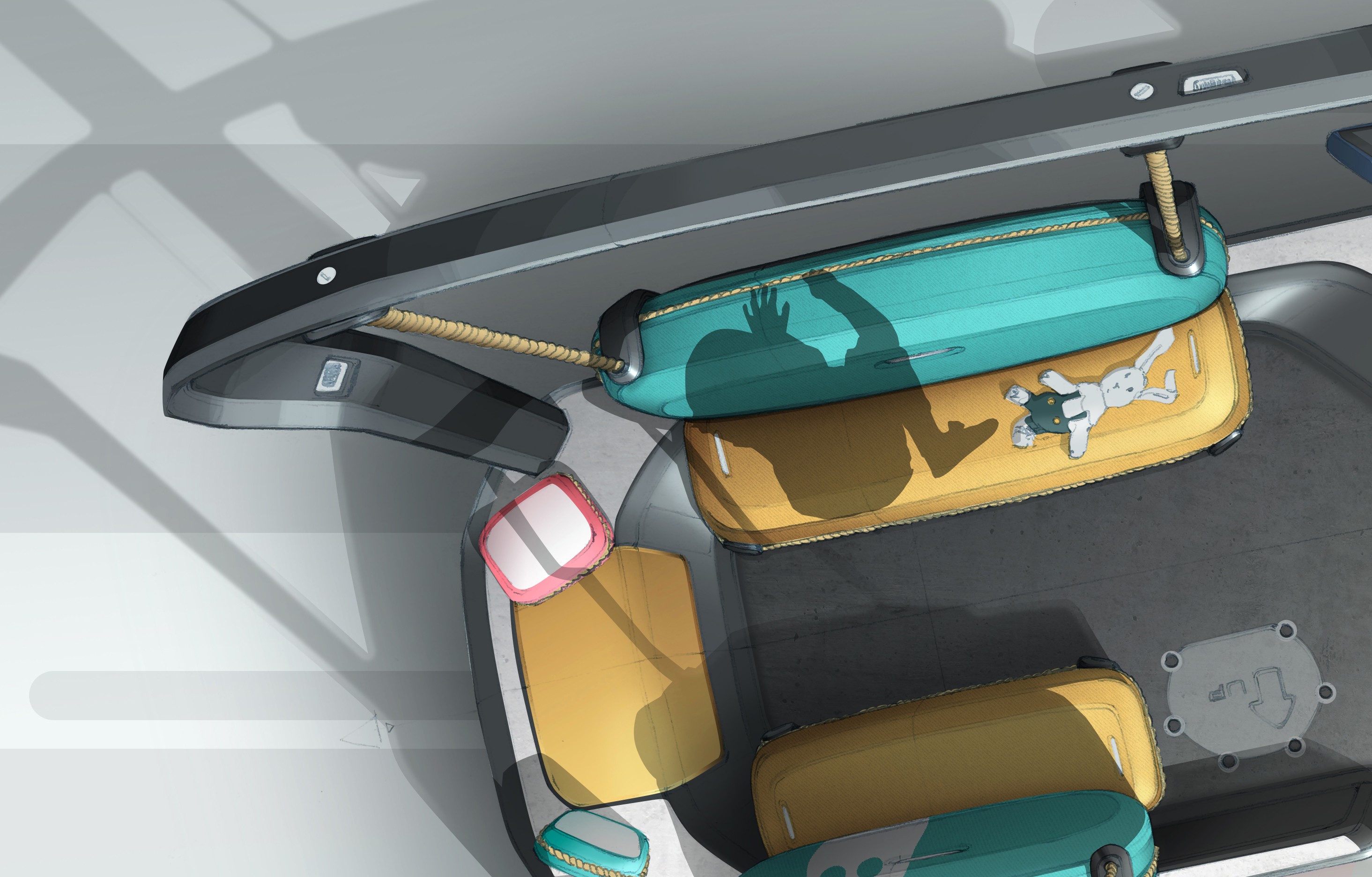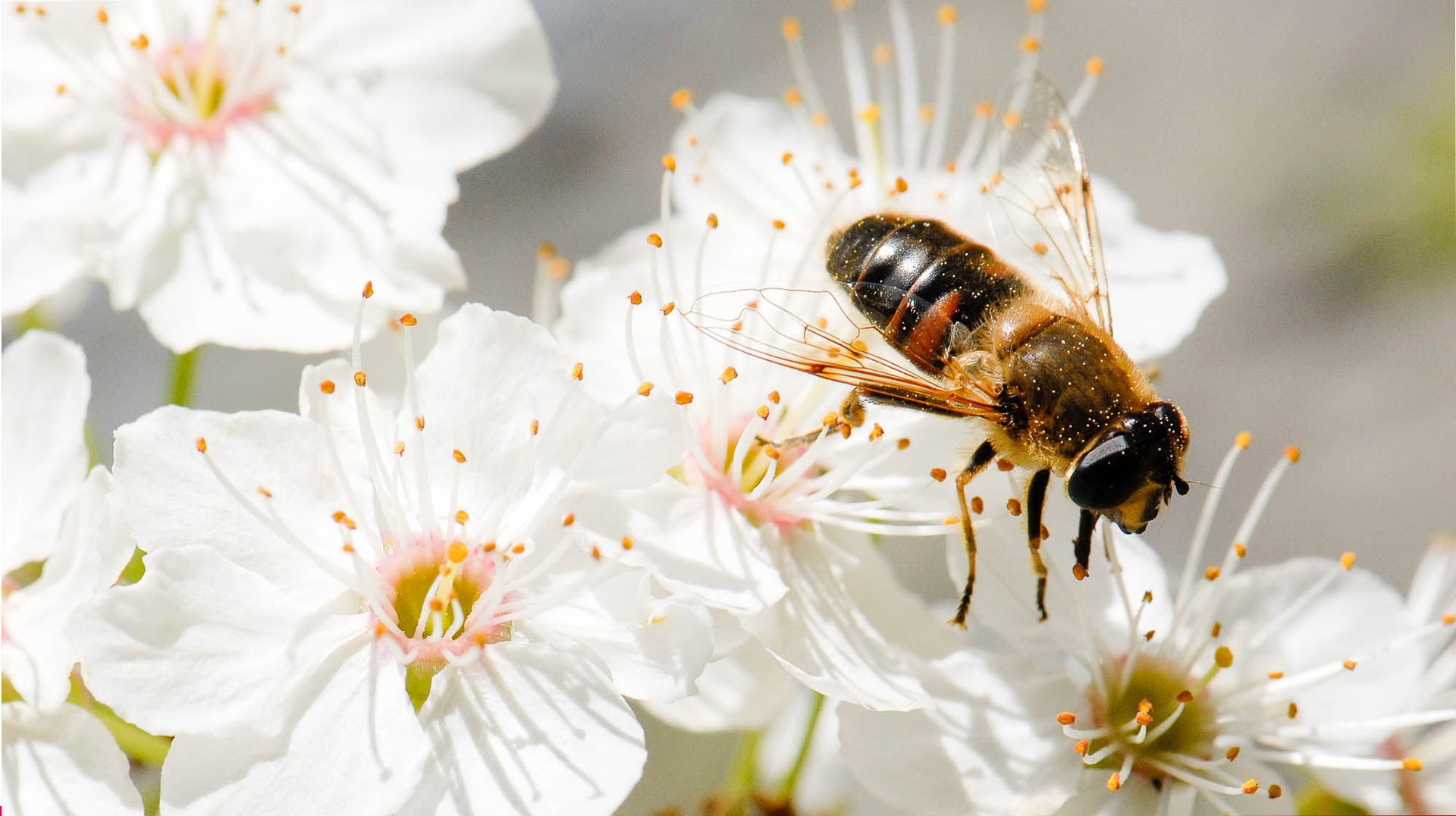
la butinerie - urban AI
shelter for pollinators
school project in collaboration with Christelle Zheng & Saad Fassi Fihri
duration: 4 months
delivery: 2018
brief: how can AI be a meaningful tool for our future?

context and challenge
As we all know, biodiversity is undergoing a dramatic collapse. According to the Krefeld Entomological Society, flying insects decreased by 80% since 1990 in parts of Germany due to urbanization, intensive farming, and pesticide use.
In France, 30% of beehives vanish annually (according to the Agriculture Minister), threatening vital pollination processes that support over a third of global food production. Without insects,
manual pollination, already practiced in some regions of China, would cost €150 billion per year worldwide.
During our research and interviews, we understood that pollinators eventually migrate to cities, which, despite pollution, offer pesticide-free environments. However, urban spaces are not currently equipped to support this biodiversity.
This is the challenge that we decided to take on.
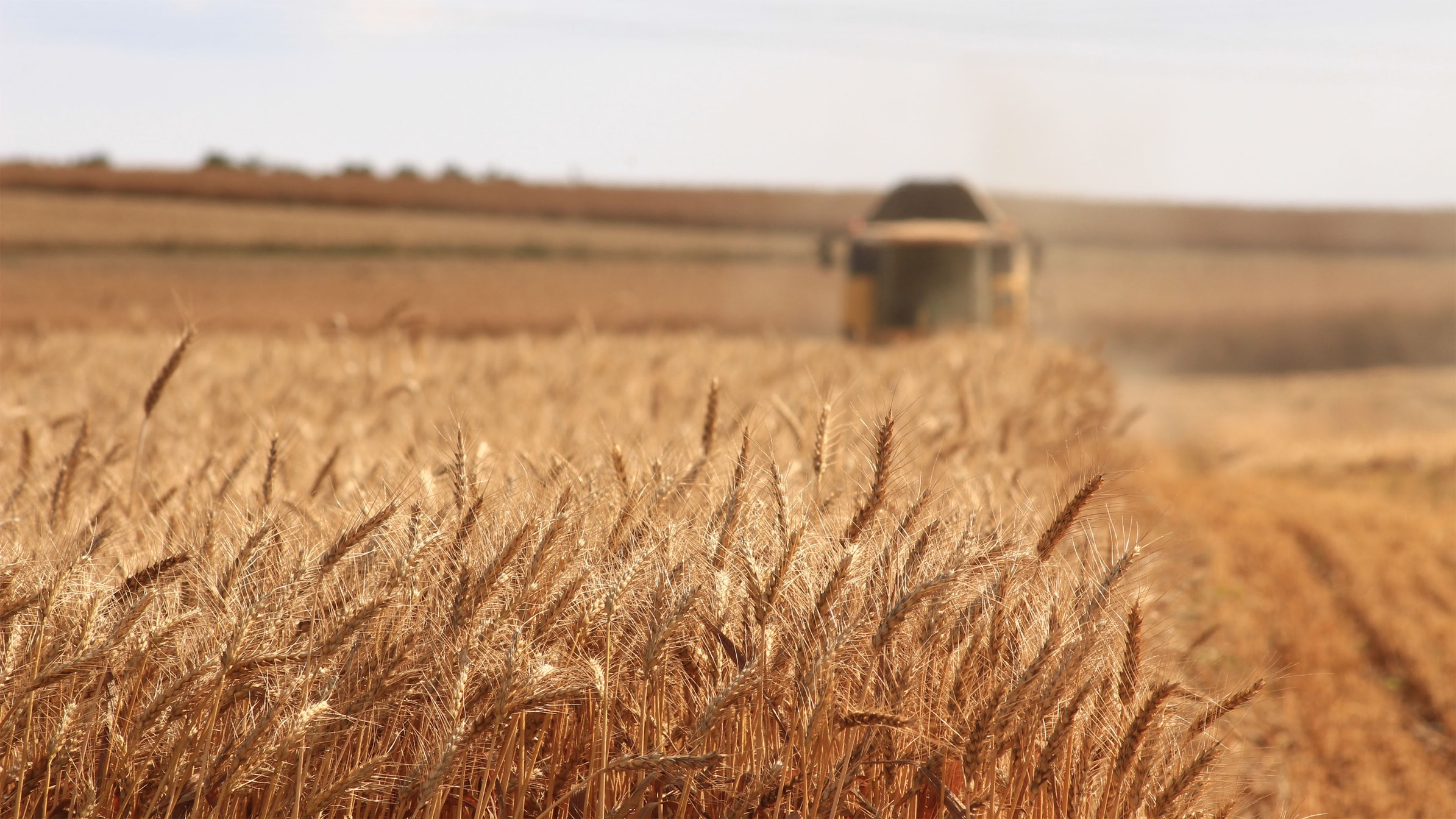
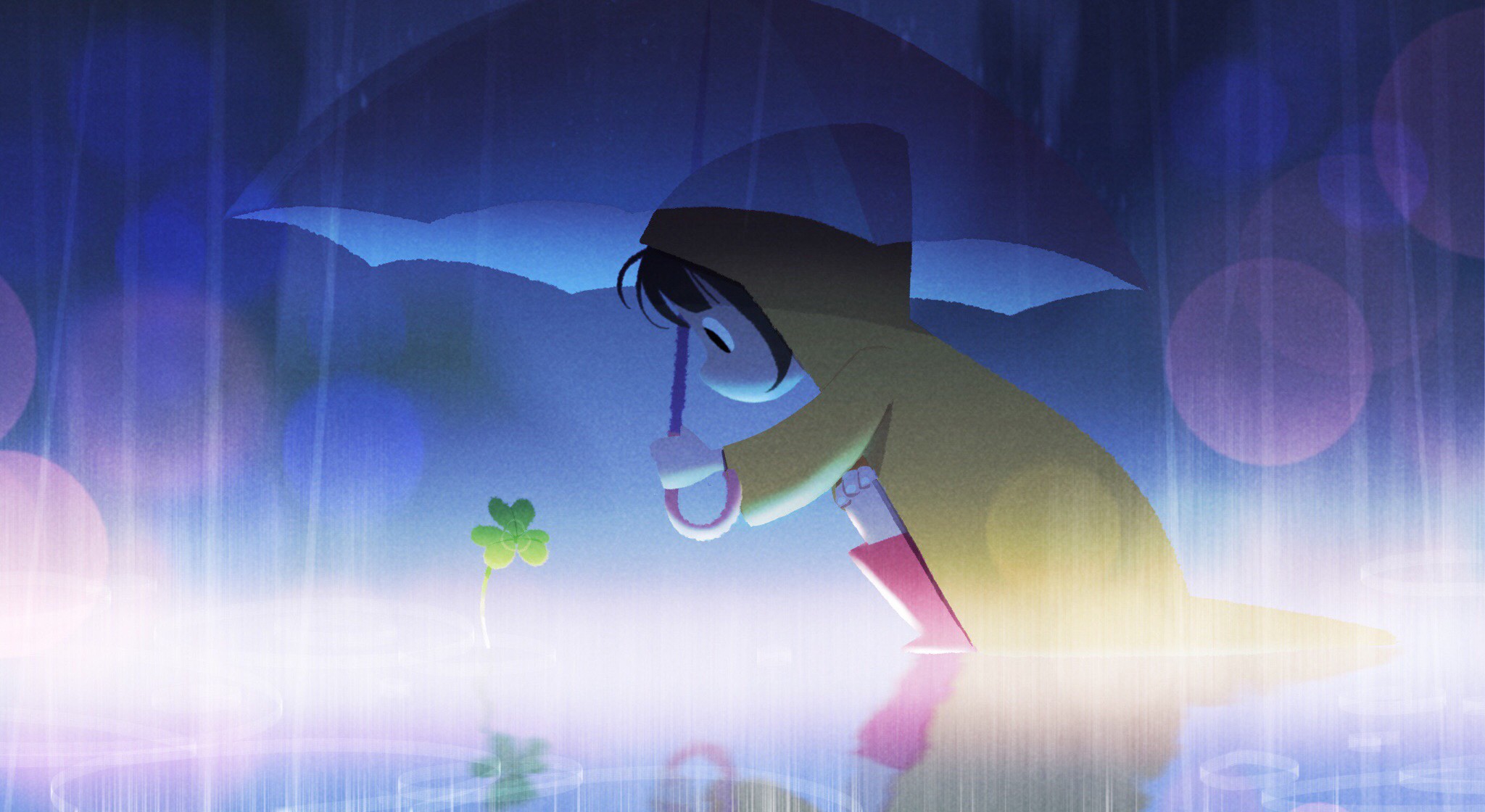
research and interviews
We conducted deep research about all kinds of pollinators (more than 30 000 species), which are all different. From specific groups, diets to habitats. We focused on 4 groups, 3 diets and 4 habitats.
From our interviews, we were told that we actually lack a lot of information about that ecosystem. We know species are interdependent but we don’t yet know how exactly.
We also discovered natural competition, which might be problematic when humans impact ecosystem by adding domestic beehives for example.
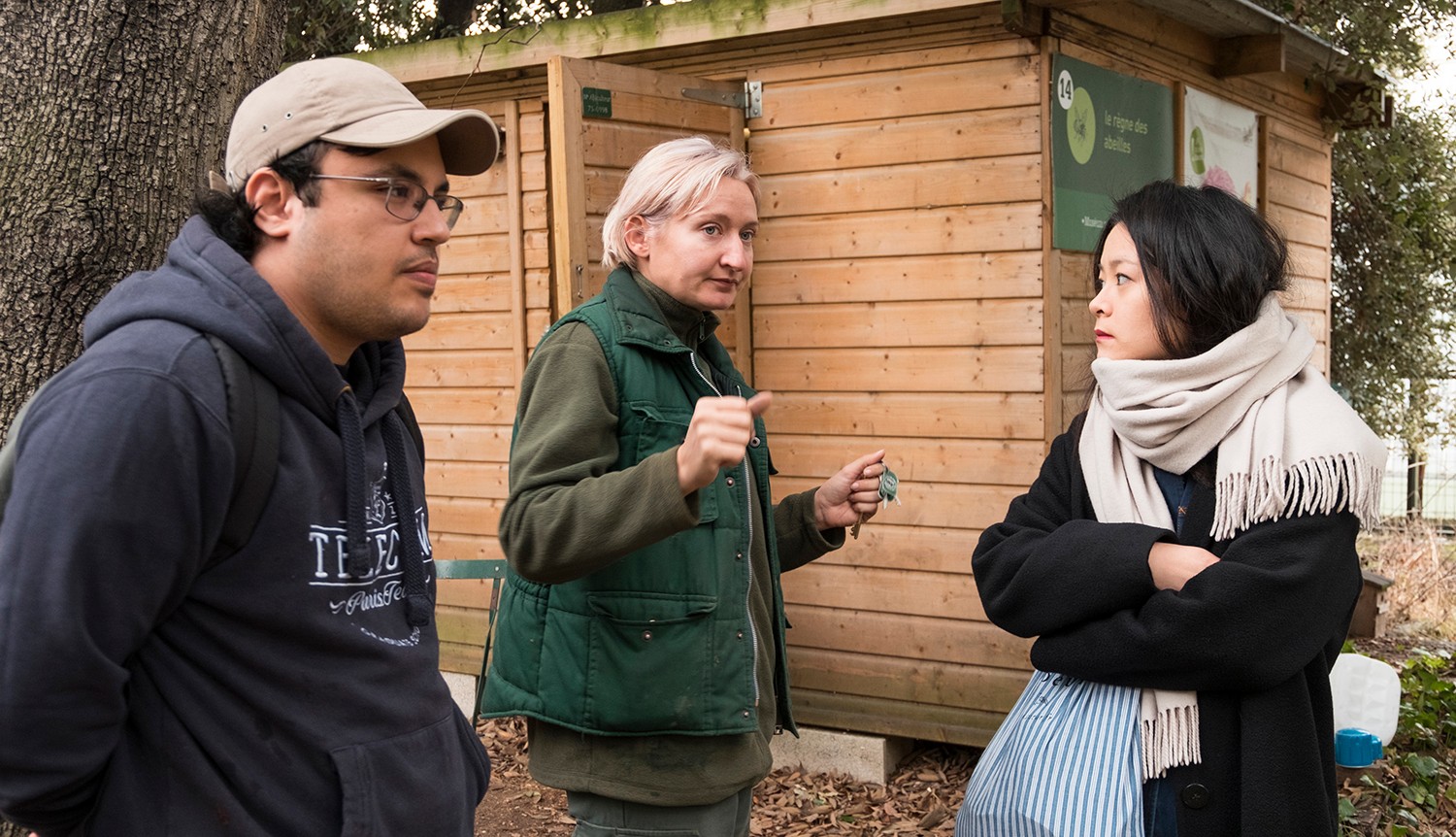
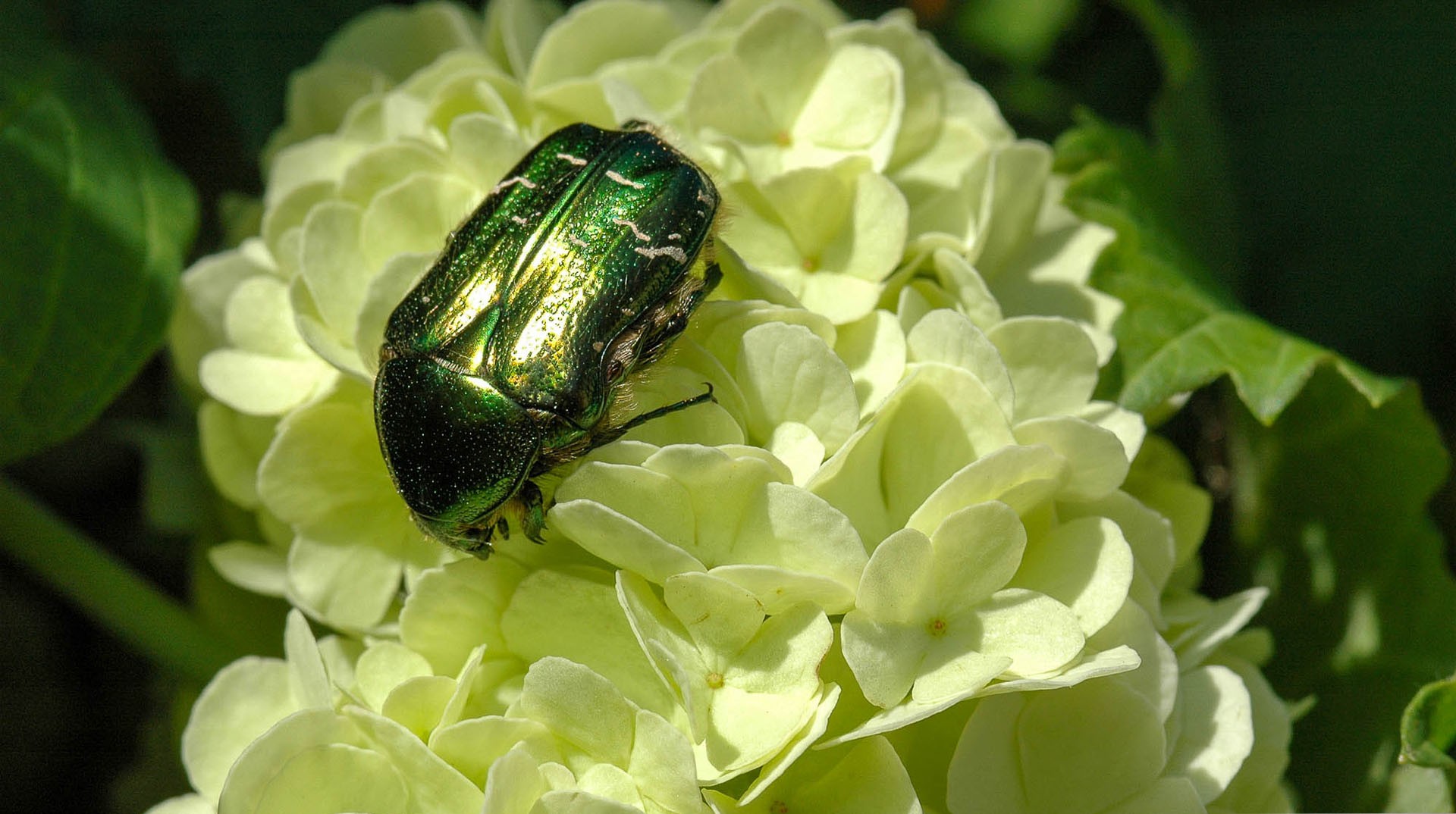
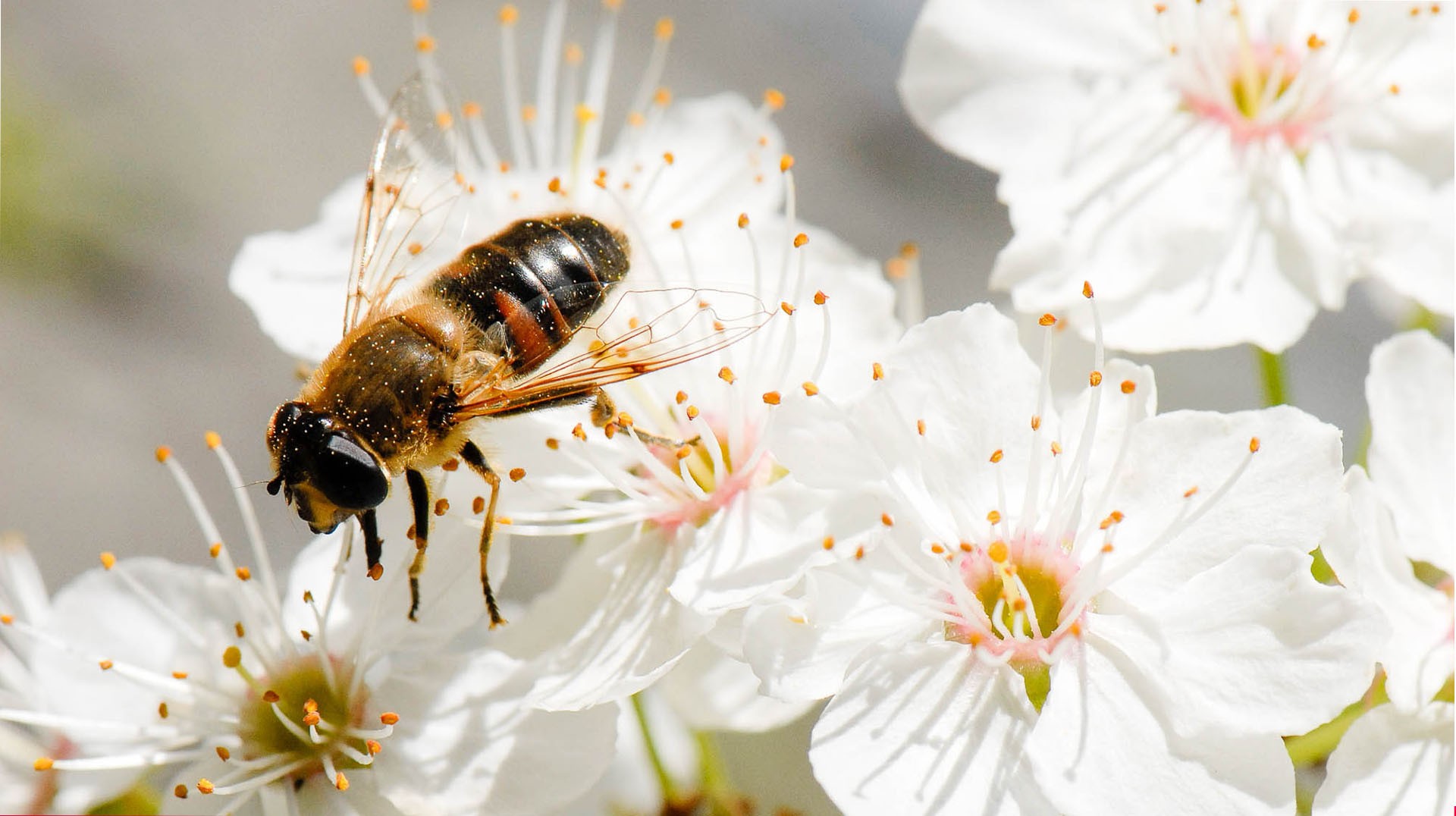
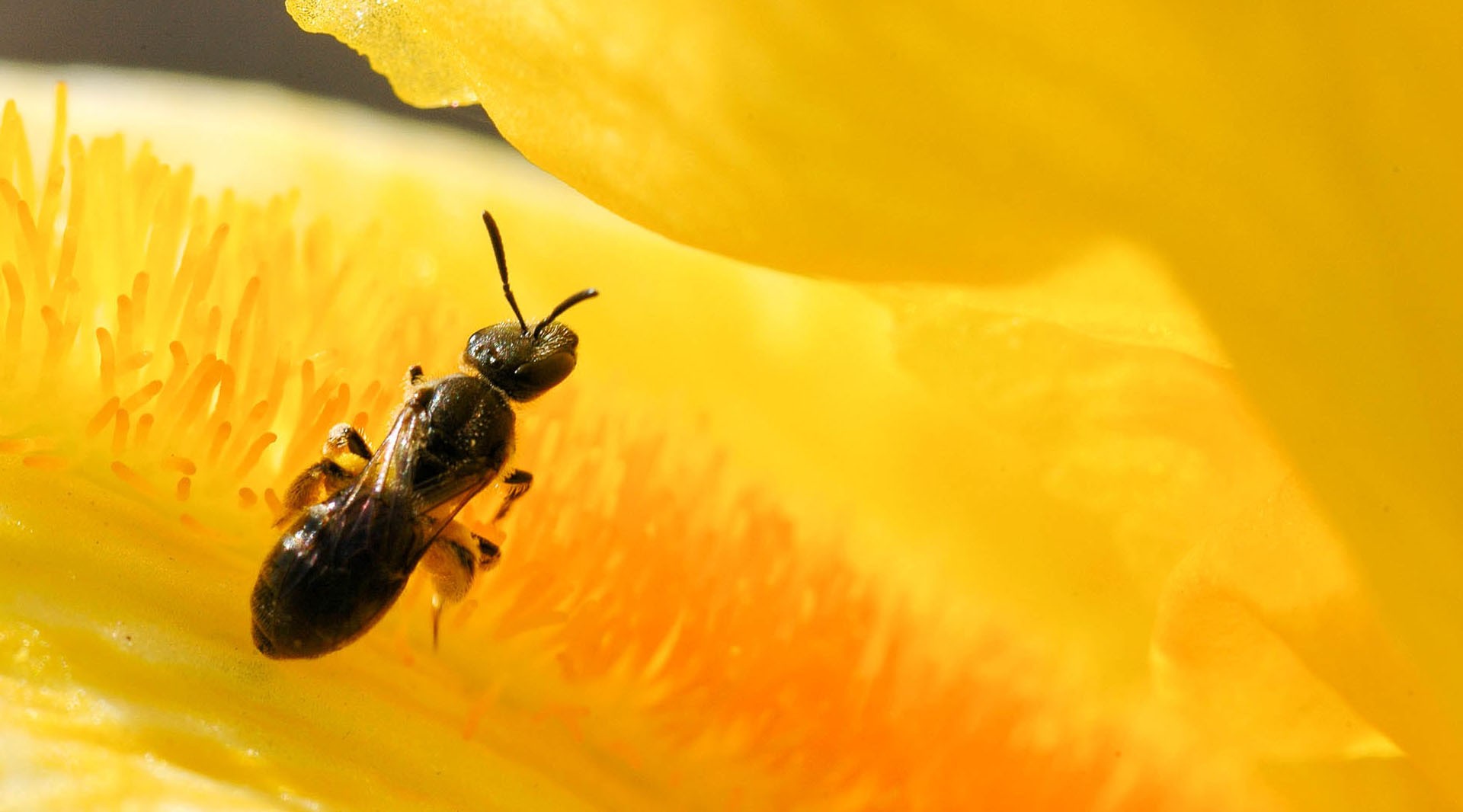
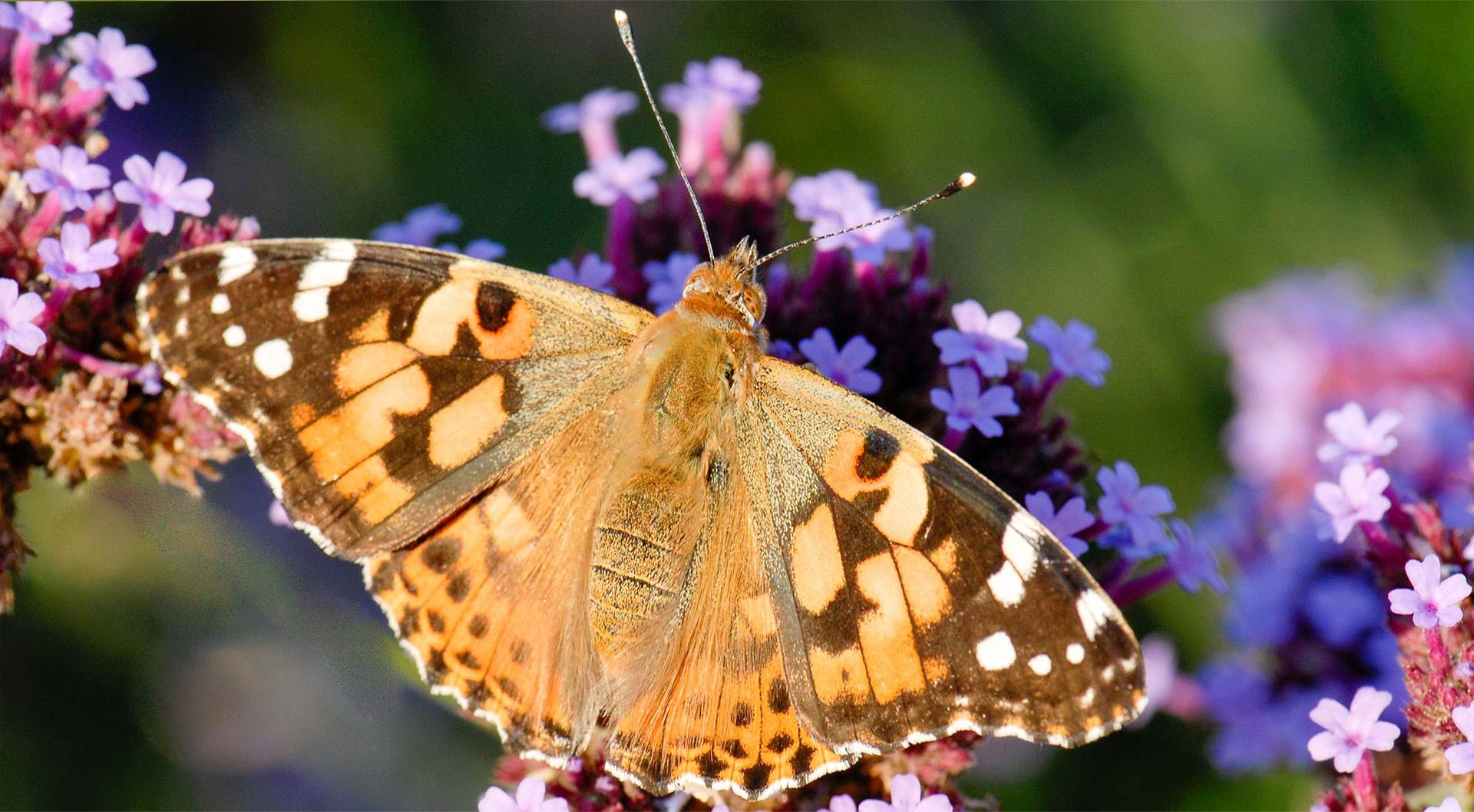
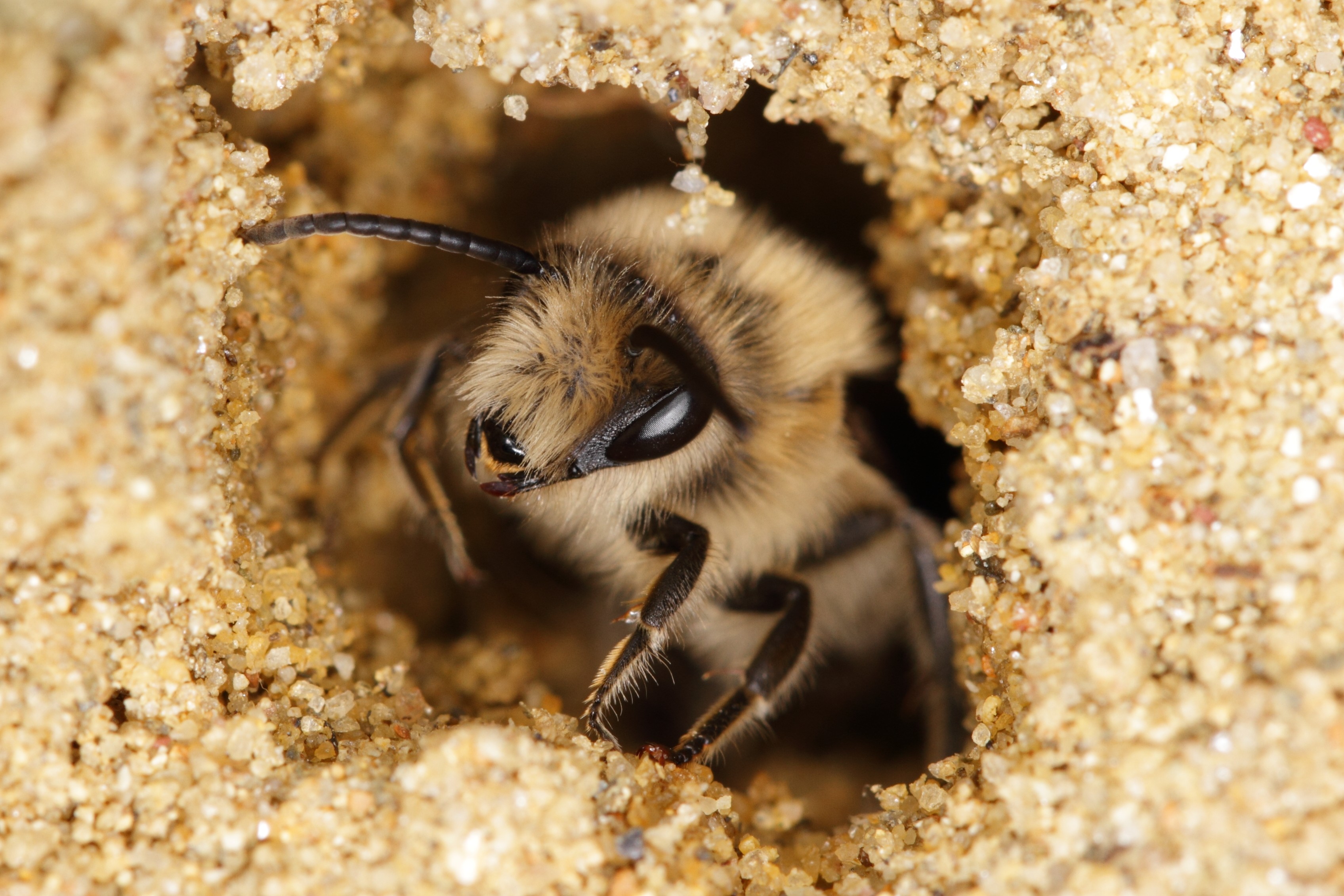
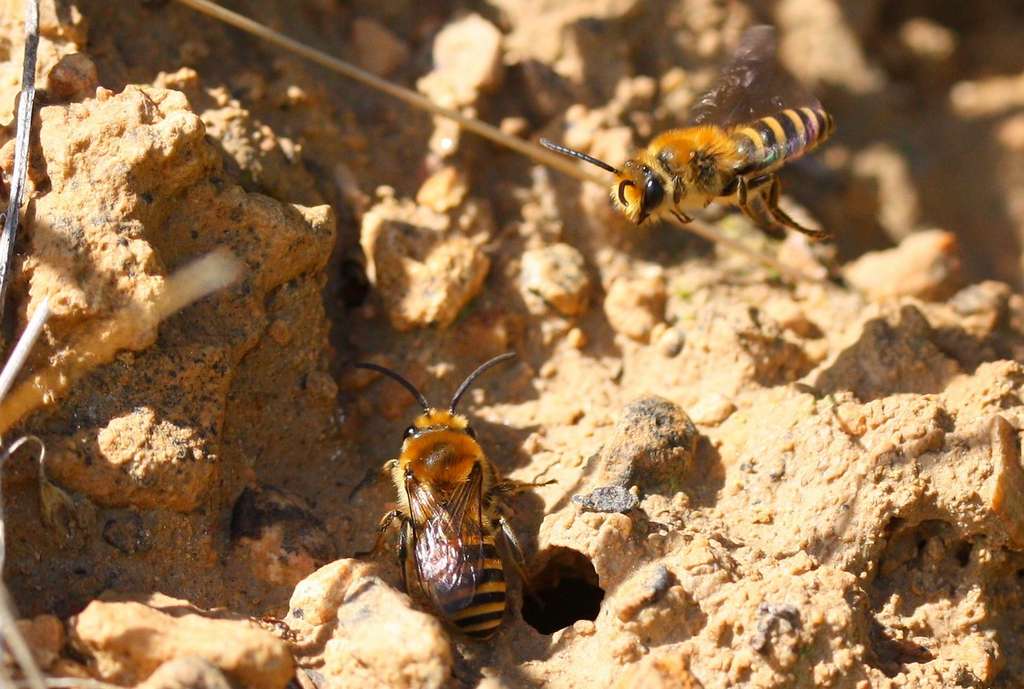
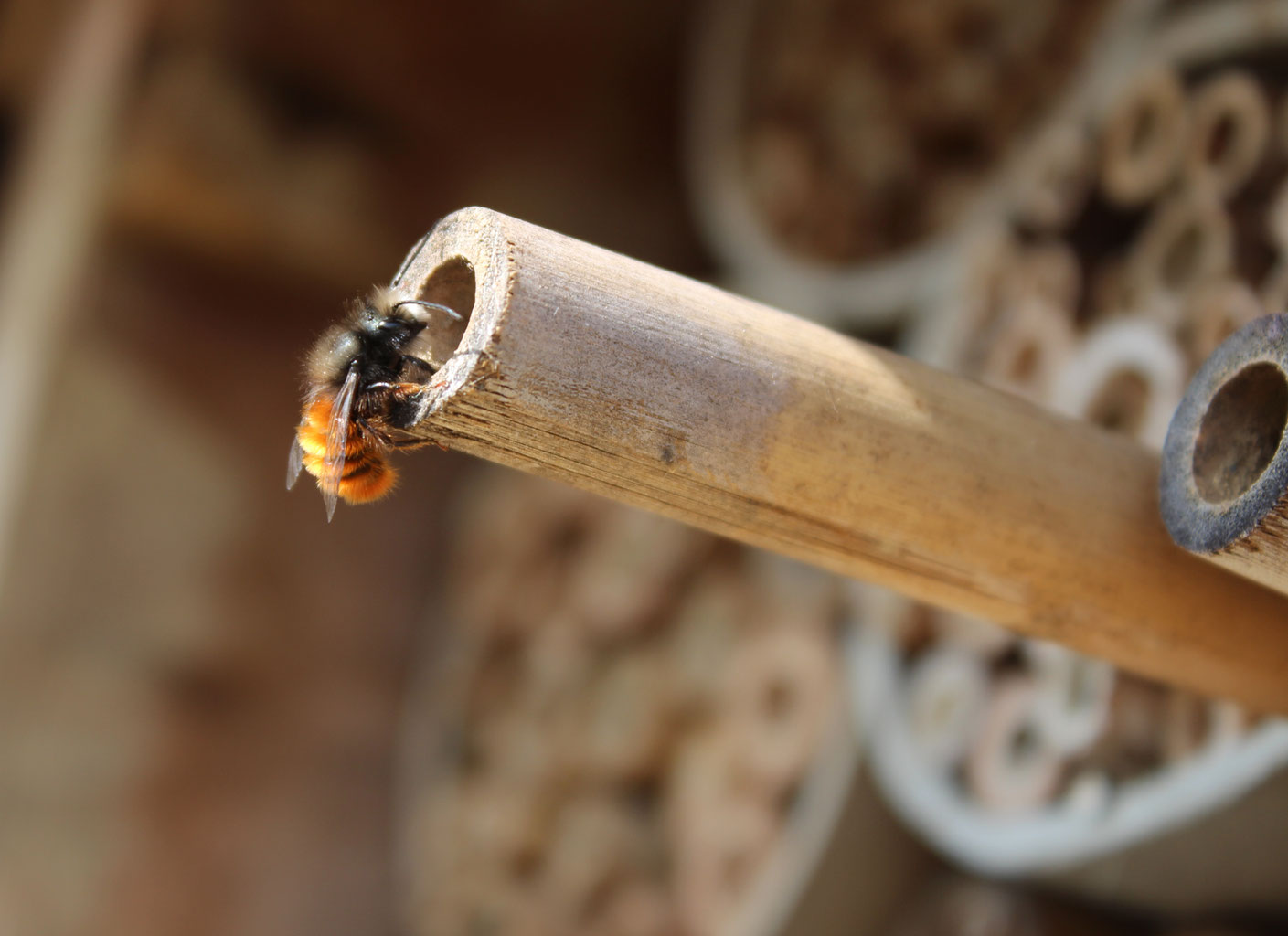
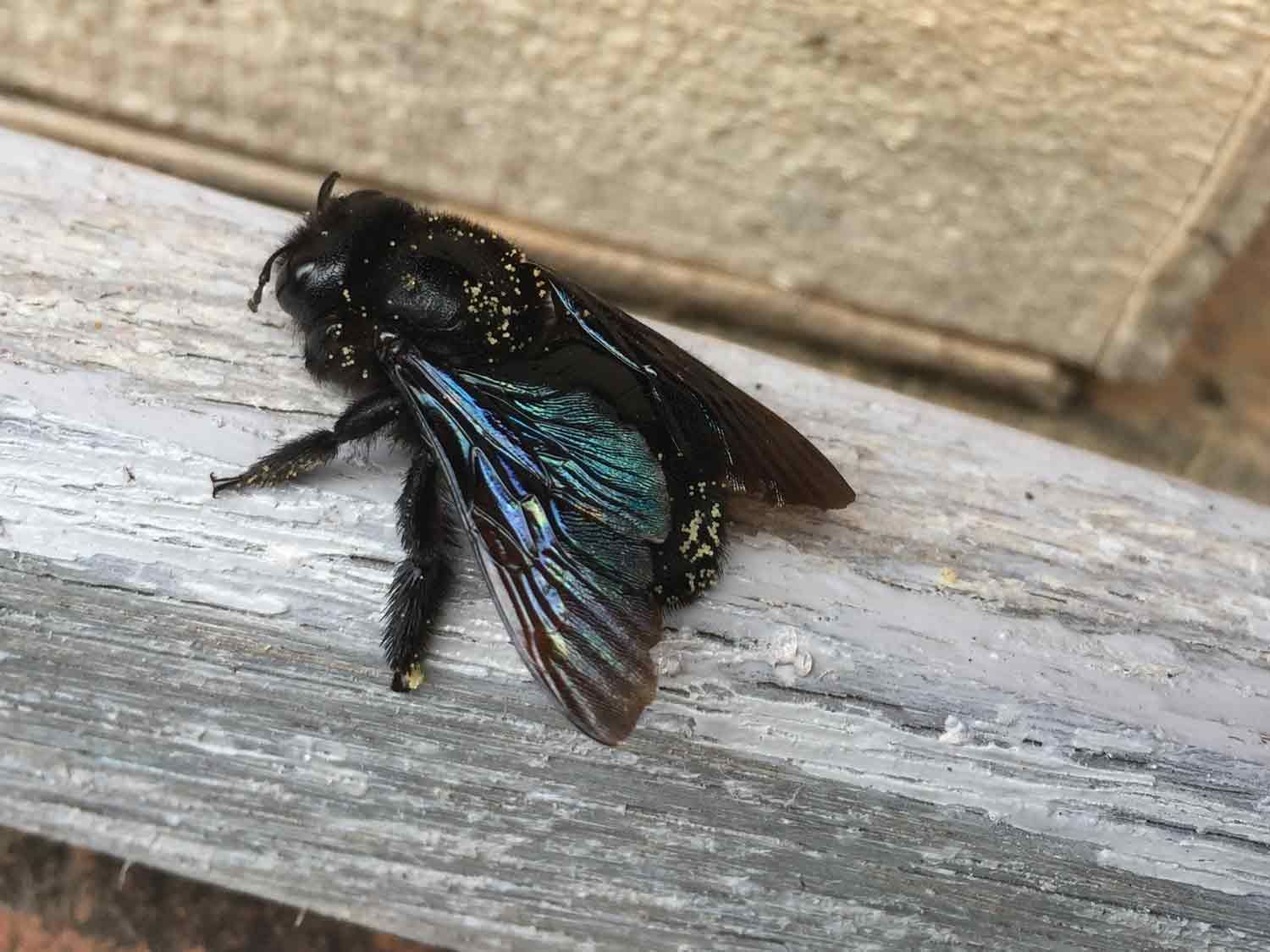
The 4 first images depict the 4 types of insects we chose to work with. The 4 last images show 4 different types of habitat.
concept and design
The need of data collection to learn and identify these inter-species relation is crucial if we want to protect this biodiversity in the urban environment.
Our decision was to create an urban furniture that provides nutrition and shelter to the pollinators. With a modular system of pots and boxes, maintenance teams could easily swap nutrition and habitats around to study the impact on the ecosystems.
The necessity of AI be to could observe the ecosystems, gather information, create maps, databases and predictions, relay all those information to research labs to finally develop action plans for reintroducing biodiversity into rural areas.
